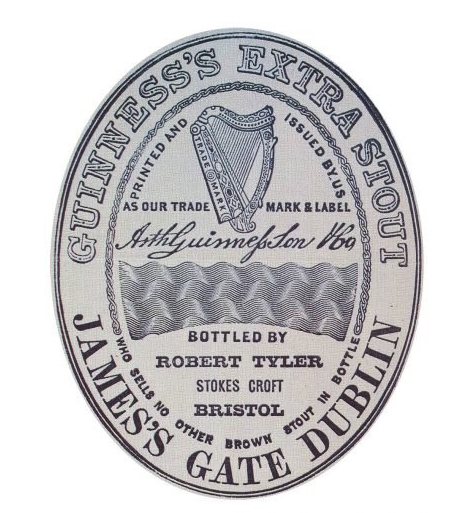Require some further insight into our equipment or a how to guide?
Reach out below.
Guinness label branding and its Evolution
Guinness label branding and its Evolution
The first Guinness design label was introduced in 1862 after the passing of the merchandise marks
act of the same year. With the main two features including the iconic harp based on Brian Boru
O’Neill harp in trinity college Dublin. The label also included the signature of Arthur Guinness
Guinness did not introduce the trademark label until 1896. Until then, the Guinness label had only
been used outside Ireland. Guinness printed and supplied the labels to its bottlers under condition
they would not sell any other bottled brown stout. This measure was an early form of quality control
to ensure no other publicans would mix brown stouts together or call any other products Guinness.
Publicans who sold other types of stout where not entitled to use the trade mark Guinness label. But
rather another white label which was approved by Guinness. The white label was known as “White
label”
Each Pub owner had to apply to Guinness for the white label. This meant that each label had the
publicans name and premises address printed on each label
In 1930, the Guinness Company was producing 1,800,000 labels per day.
Guinness issues the 1862 label until 1953, when a variation of the 1862 label was introduced.
Guinness made many changes throughout the years notably in 1953, when a variation of the original
1862 label was introduced many more followed in: 1955, 1959, 1962, 1968 and 1974 these labels
however, always carries the Arthur Guinness signature, the harp logo and the word Guinness.
Later wholesale bottling companies took over and the bottling process for publicans and the individual personalisation of the label was no longer a requirement.
Custom Built Bar
Please see a walk around of one of our full bar sets.
Made custom to order and by hand with the highest of quality materials, on display here is a pine and oak flat bar and bar box covering guiness and lager.

